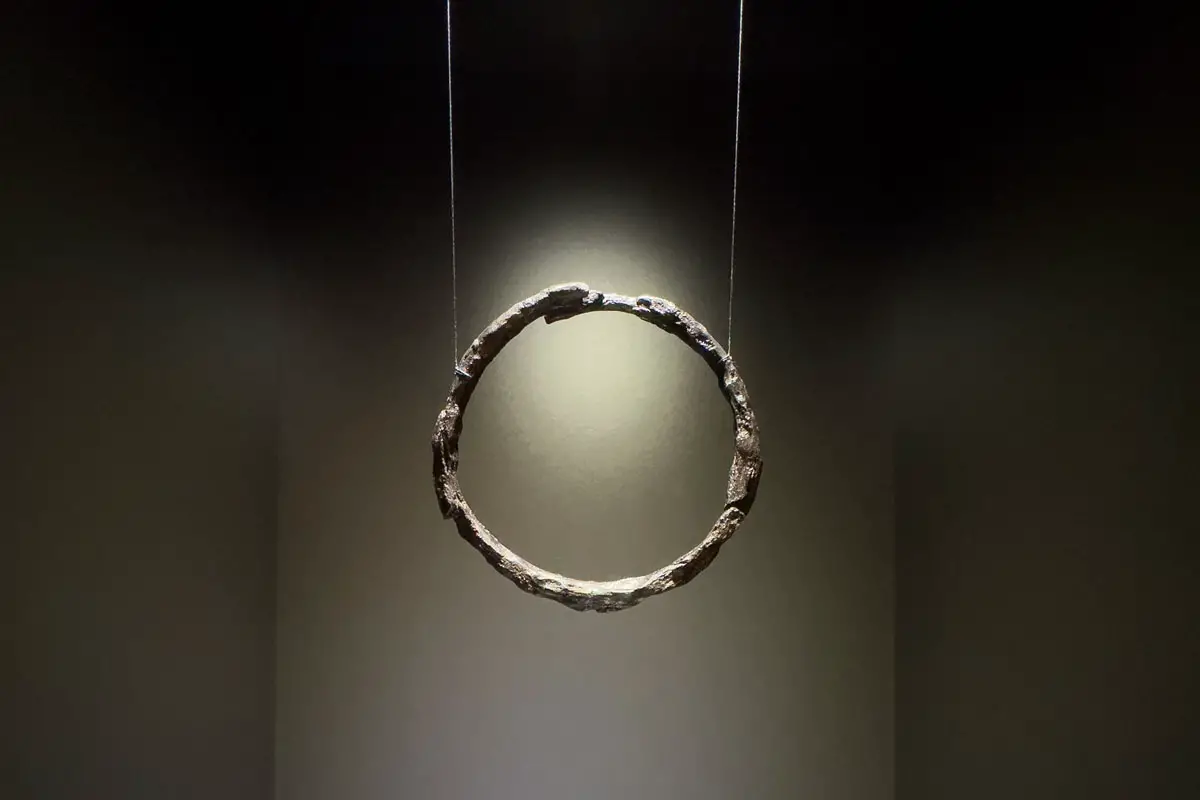A study of prehistoric jewellery from the Częstochowa Museum collection has revealed meteoric iron in three bracelets.
Meteoric iron is a naturally occurring metal and a remnant of the early universe’s protoplanetary disk found in meteorites. It is the only source of native iron found on the Earth’s surface before the advent of iron smelting during the Iron Age.
The study, published in the Journal of Archaeological Science: Reports, analysed funerary objects found in Lusatian Culture cemeteries discovered in zęstochowa-Raków and Częstochowa-Mirów. Both cemeteries are located 6 km apart in the suburban area of Częstochowa in Poland’s Silesian voivodeship.
The Lusatian Culture were a late Bronze Age / Early Iron Age people that lived in Poland and parts of the Czech Republic, Slovakia, eastern Germany and western Ukraine.
Archaeologists analysed 26 funerary objects using portable X-ray fluorescence spectrometry (p-XRF) and energy-dispersive scanning microscopy (SEM/EDS), which identified the presence of meteoritic iron in three of the objects.
The blacksmithing technique used to combine terrestrial and meteoritic iron raises new questions about how ancient craftsmen processed iron raw materials.
According to the study authors: “Extensive examinations suggest that a single meteorite was used, possibly a contemporary fall which would not be an import. This confirms that the inhabitants knew the working of iron and that meteoritic iron no longer had the considerable symbolic value it had in the Bronze Age before the discovery of iron smelting.”
Experts also suggest that the meteoritic iron was deliberately used to produce a specific pattern on iron jewellery a millennium before the supposed invention of wootz and Damascus steel, both a crucible steel characterised by a pattern of bands and high carbon content.
Header Image Credit : Muzeum Częstochowskie
Sources : Częstochowa Museum – https://doi.org/10.1016/j.jasrep.2025.104982





